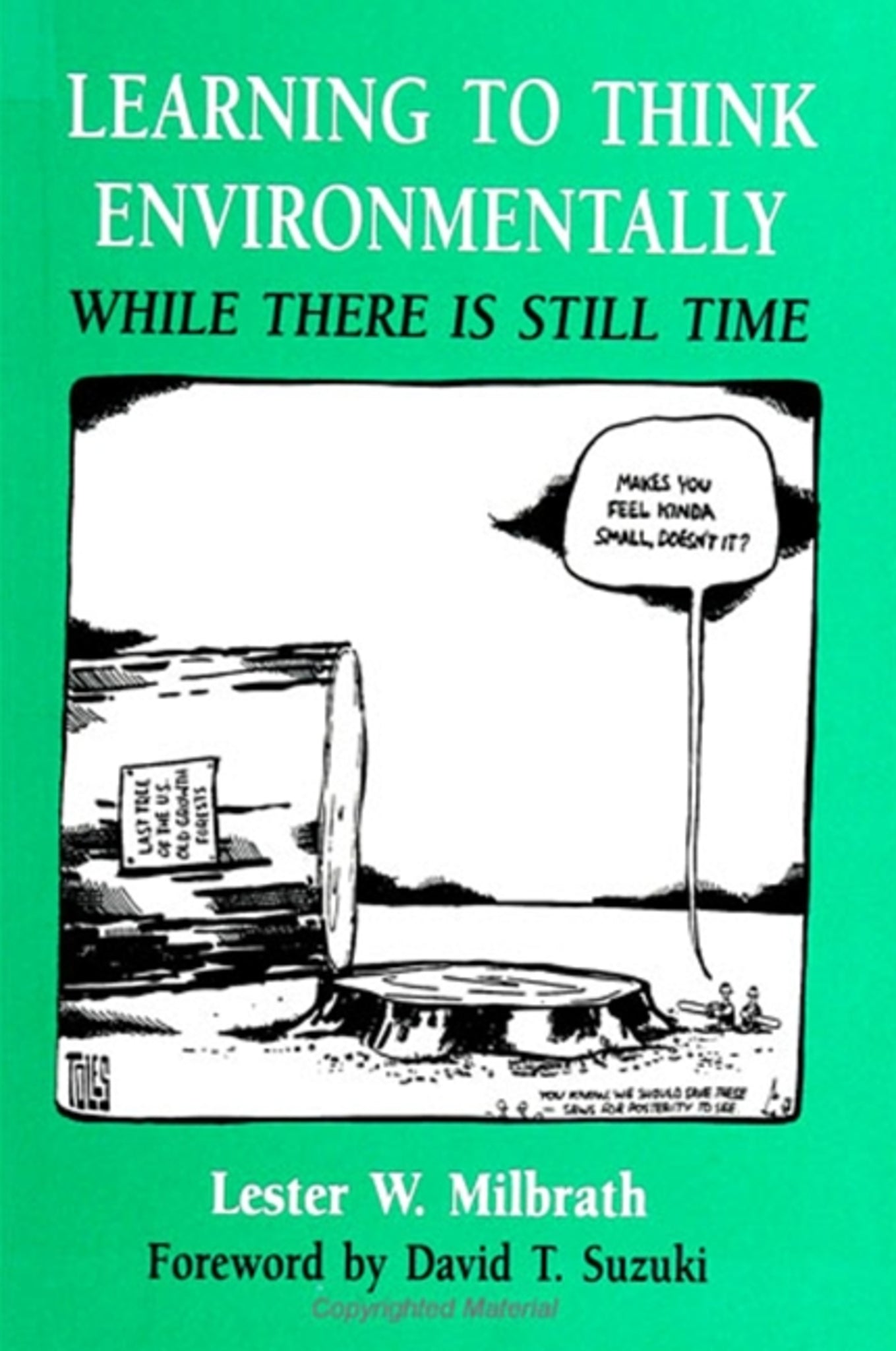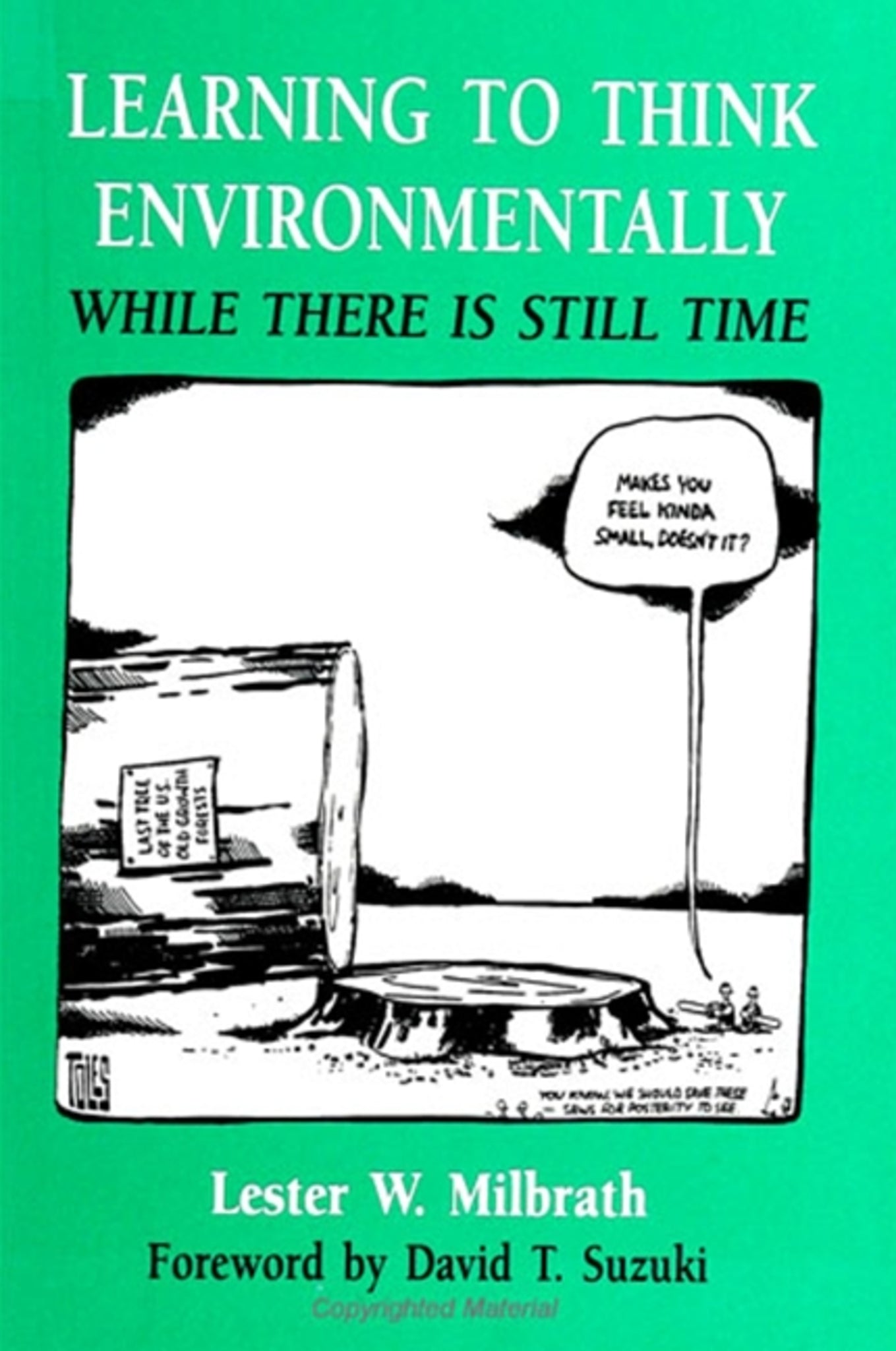We're sorry. An error has occurred
Please cancel or retry.
Learning to Think Environmentally

Some error occured while loading the Quick View. Please close the Quick View and try reloading the page.
Couldn't load pickup availability
- Format:
-
19 January 1996

The survival of planet Earth's nourishing life systems ultimately depends on how we humans think about them. Unfortunately, our culture's assumptions about the way the world works ignore recent scientific understanding of life systems. This book explains the interdependency and delicate balance of biological, geological, and chemical systems as environmental scientists now understand them. It communicates a new way of thinking.
Written in everyday language as a conversation between two neighbors, Learning to Think Environmentally is illustrated with cartoons by Pulitzer Prize-winning cartoonist Tom Toles. It demonstrates that learning the basic principles of environmental thinking is essential to our social, physical, economic, and spiritual well-being. This new way of thinking is urgently needed in our public discourse if we are to take a sustainable pathway to the future.


"Milbrath's book is deceptively modest. It confronts inescapable facts of limits and our place as animals within the global biosphere. For all who care about what we are leaving for our children and grandchildren, this is an important contribution." — David T. Suzuki, from the Foreword
List of Figures
Foreword
Preface
Acknowledgments
1. Introduction
2. Beliefs Empower and Deceive Us
3. The Hidden Danger in Doubling Times
4. Learning to Think Systemically
5. Matter and Energy Cannot Be Destroyed
6. Driving a Car Has Multiple Consequences
7. The Greenhouse Effect and Global Warming
8. Scattering Matter and Energy
9. Dynamic Natural Systems Stabilized by Diversity
10. Limits to the Earth's Capacity to Support People
11. The Tragedy of the Commons
12. The Earth: Both Source and Sink
13. Distinguishing Development from Growth
14. Distinguishing Sustainability from Sustainable Development
15. Choosing Wise Policies
16. Theories of Social Change
17. Next Steps
Recommended Further Reading
Index of Key Concepts



